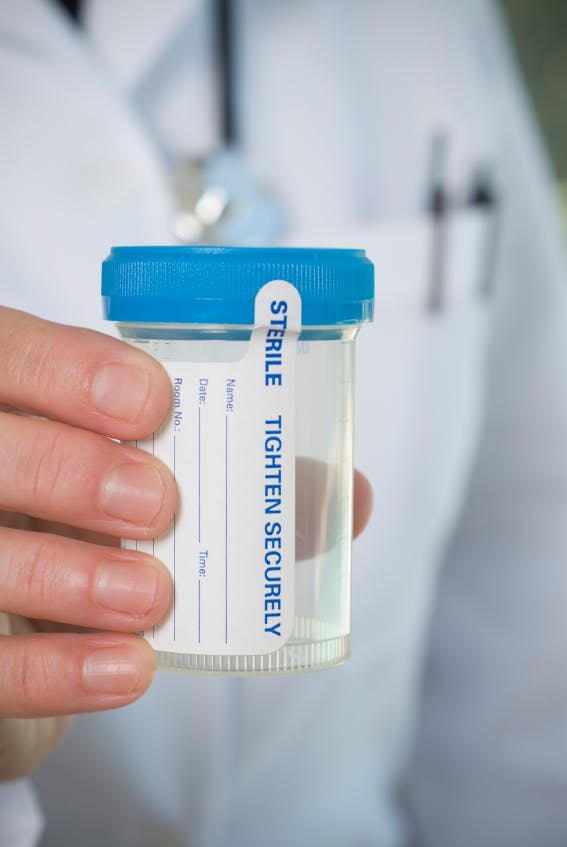After a decade of slowly declining workplace drug test results, Quest Diagnostics, which describes itself as “the world’s leading provider of diagnostic information services,” said more workers tested positive last year, particularly for marijuana and amphetamines.
Although the total positive results are small — of 7.6 million urine tests, only 3.7 percent were positive — it does represent a 5.5 percent increase from 2012?s 3.5 percent positive rate, and is the first increase since 2003, when 4.5 percent of the samples found traces of drugs.
Marijuana was the most commonly detected drug, showing up in 1.7 percent of the urine samples. That was a 6.25 percent increase over 2012.
Positive test rate higher in Colorado, Washington
Among safety workers subject to federal drug testing rules — truck drivers, train operators, airline, and nuclear power plant workers — the rate was .67 percent. Small as it is, that percentage was also up, from the .63 percent in 2012.
In Colorado and Washington, where marijuana use has become legal, positive tests for the drug (not including among safety workers) increased by 20 percent and 23 percent respectively.
 It’s tempting to attribute the increase to legalization. However, Washington only legalized the sale in July, and, in both states, positive tests increased from 2011 to 2012, prior to legalization.
It’s tempting to attribute the increase to legalization. However, Washington only legalized the sale in July, and, in both states, positive tests increased from 2011 to 2012, prior to legalization.
Positive amphetamine test results, though half that of marijuana, were up by 10 percent last year. From 2012 to 2013, Quest reported positives rose from .77 percent to .85 percent. Amphetamines include not only the illegal and frequently home-brewed methamphetamine, but also those types prescribed by doctors. However, methamphetamine use alone showed an increase among non-safety workers of 27 percent, rising from .11 to .14 percent.
Overall, positive drug tests are at historic lows
“After years of declines, the prevalence of positive workforce drug tests is increasing,” said Dr. Barry Sample, director, science and technology, Quest Diagnostics Employer Solutions. “This increase indicates that employers should be aware of the potential for drug use by their workers and the risk that represents for the health and safety of their employees and the public.”
Putting the Quest data into perspective, positive drug tests are at historic lows and well short of the 13.6 percent positive rate hit back in 1988. And the actual number of positive results is 281,200 out of the 7.6 million urine tests Quest conducted last year.
The 1.7 percent positive marijuana tests translate into 129,200 results. The amphetamine positives amount to 64,600.
Tests weren’t necessarily random
Because the tests were not necessarily randomly conducted, extrapolating the results to the labor force at large would be unwise. Quest’s announcement of its 2013 results didn’t break down tests by reason.
In previous years, Quest did detail the reason for the tests, but only for those that came back positive. In 2012, 3.7 percent of the pre-employment (non-safety worker) drug tests came back positive for one or another drug; 4.9 percent of the positives were the result of random testing. But a third of the positives were for tests done as a follow-up to a previous positive or “For Cause.”
